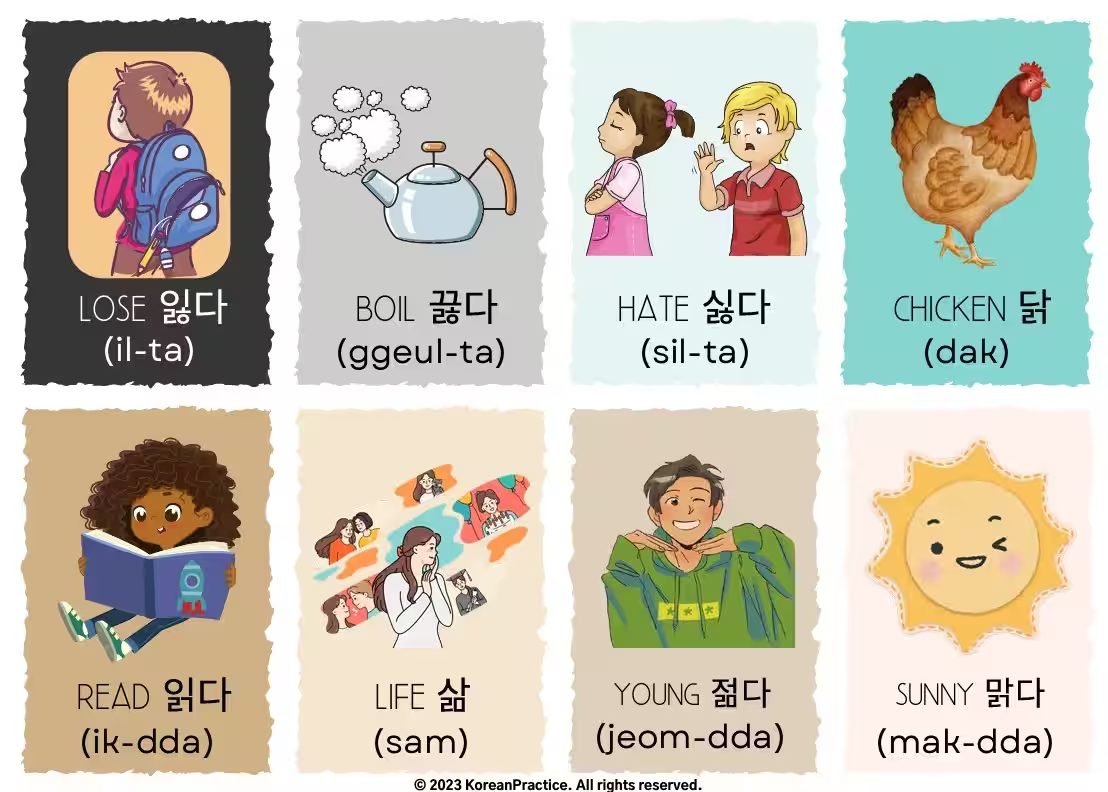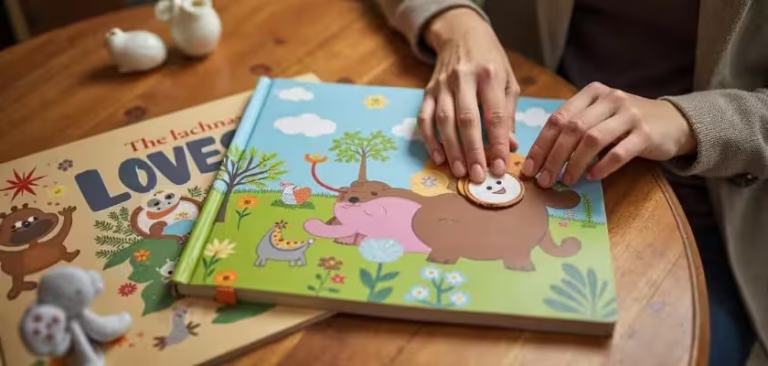Suh ChangWhoon
Written by 서 창훈, a certified Korean teacher with 14+ years of experience in Japan. He previously worked as a government officer, cybersecurity consultant, and English interpreter. Today, he teaches Korean in real classrooms without complex grammar explanations — instead, he trains students’ brains to speak naturally. His unique method is now the foundation of all his Korean courses.
Table of Contents
Are you learning Korean with stories?
This beginner-level Korean short story is perfect for Korean reading and listening practice — especially if you’re tired of boring grammar rules. It’s designed for learners who want to learn Korean with stories in a fun, natural way.
In this episode, a boy named Minsu buys a fish… and a sneaky cat decides to follow him home. Read the story, watch the video, and try reading aloud with the subtitles!
Full Korean Story Transcript
Title: 고양이와 생선 (Cat and Fish)
민수는 시장에 갔습니다.
민수는 큰 생선을 샀습니다.
고양이가 민수를 따라왔습니다.
고양이는 생선 냄새를 맡았습니다.
민수는 집에 도착했습니다.
민수는 생선을 식탁에 놓았습니다.
고양이는 식탁 위로 올라갔습니다.
고양이는 생선을 훔쳤습니다.
민수는 화장실에 갔습니다.
고양이는 생선을 먹기 시작했습니다.
민수는 화장실에서 나왔습니다.
민수는 고양이를 발견했습니다.
“야!” 민수가 소리쳤습니다.
고양이는 놀라서 달려갔습니다.
민수는 빈 접시만 보고 웃었습니다.
Story Style Breakdown™ (Example Sentence)
Let’s break down the first sentence step by step so you can fully understand how Korean works — without memorizing grammar rules.
Original Korean Sentence
민수는 시장에 갔습니다.
Pronunciation Guide
민수는 (min-su-neun) 시장에 (si-jang-e) 갓씀니다 (gat-sseum-ni-da).
Meaning and Context
민수 = Minsu (a boy’s name)
는 = topic marker
→ We’re talking about Minsu.
시장 = market
에 = to (location marker)
→ Where Minsu went
가 = go
았 = past tense
습니다 = polite sentence ending (formal)
→ The whole verb phrase “갔습니다” means “went.”
Pronunciation Flow Tip
⊳ 가 + 았습니다 = 갔습니다
When rapidly pronounced, ‘가’ and ‘았’ naturally combine to form ‘갔’, not 가았습니다.
English Translation
Minsu went to the market.
Literal Translation
Minsu went to market.
Pattern Practice
고양이는 시장에 갔습니다.
아빠는 회사에 갔습니다.
나는 도서관에 갔습니다.
친구는 학교에 갔습니다.
How to Use This Korean Story for Practice
This story is part of our unique Korean story learning method. Instead of memorizing grammar charts, you get to:
Read real Korean sentences
Practice pronunciation with native-speed audio
Build understanding through natural repetition
This is an ideal story for anyone doing Korean reading practice or shadowing exercises. Replay the video, pause after each line, and try speaking aloud!
Want More? Start Learning with Real Korean Stories
Ready to go deeper? My Korean course is full of stories just like this — with audio, transcripts, and Story Style Breakdown™ for every sentence.
Start the Free Course
Still wondering how to read Korean?

This isn’t just another beginner lesson. It’s a complete system designed to change the way you think about Korean — from struggling with letters to reading real sentences, understanding the language, and speaking out loud with confidence.
Start the Story Course
Looking for super easy way to learn Korean?

Most Korean courses stop at grammar. Mine goes beyond — with stories, Story Style Breakdown™, and real practice to help you speak.
Free Korean Flashcard
FAQs (What You Might Still Wonder About)
1. ❓ What does “Korean Story Hangul” mean?
It means a Korean story written in Hangul, the Korean alphabet. It’s great for beginners learning to read Korean.
2. ❓ How can I practice Korean reading with this story?
Watch the video, follow the Hangul transcript, and try reading aloud. Shadowing the sentences will help your pronunciation too!
3. ❓ Is this Korean story good for beginners?
Yes! This short Korean story uses simple words and sentences that are easy for beginners to understand.
4. ❓ Do I need to know grammar to enjoy this story?
No! The Story Style Breakdown™ helps you understand without memorizing grammar rules.
5. ❓ Can I download flashcards?
Yes! You can download free Korean flashcards from the link in this blog post.








